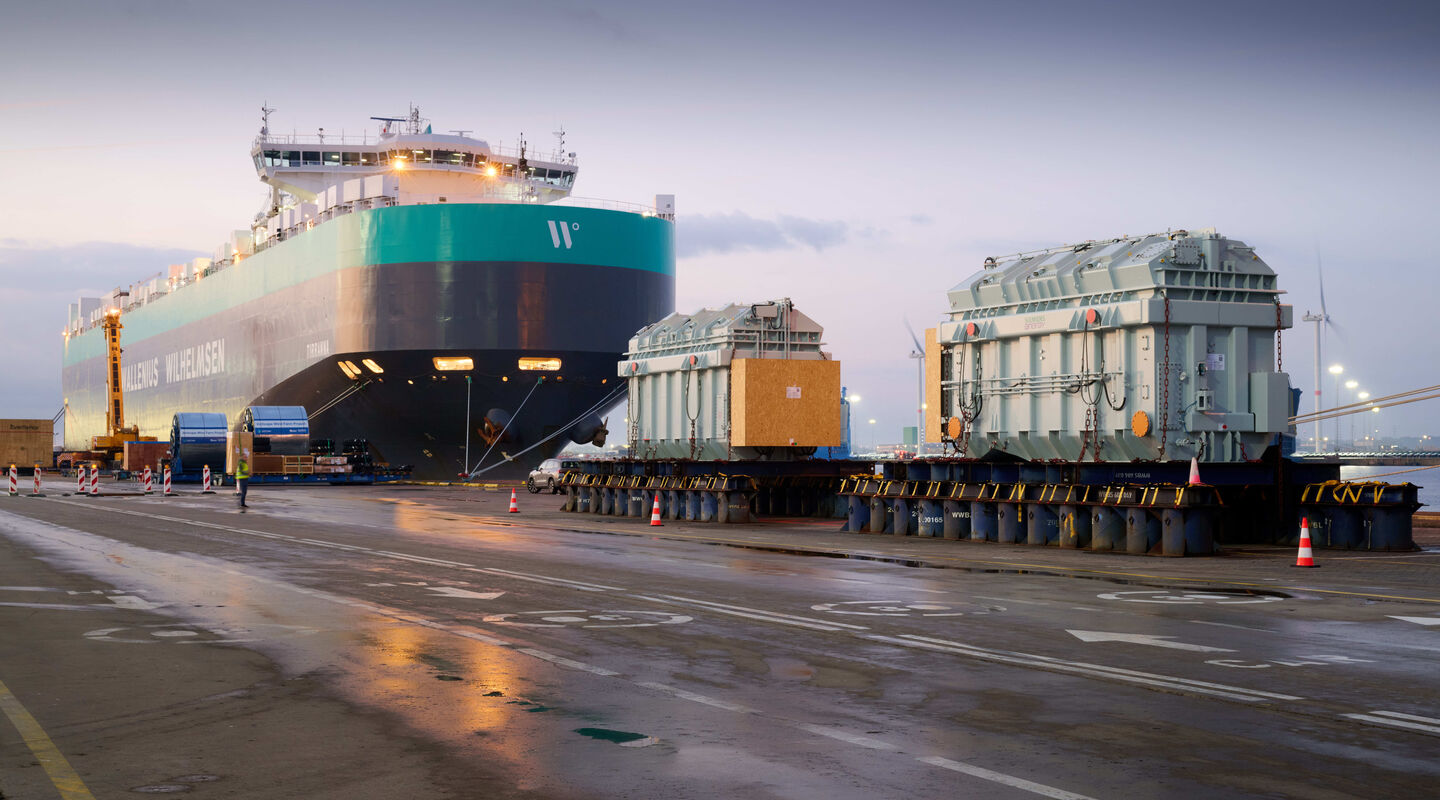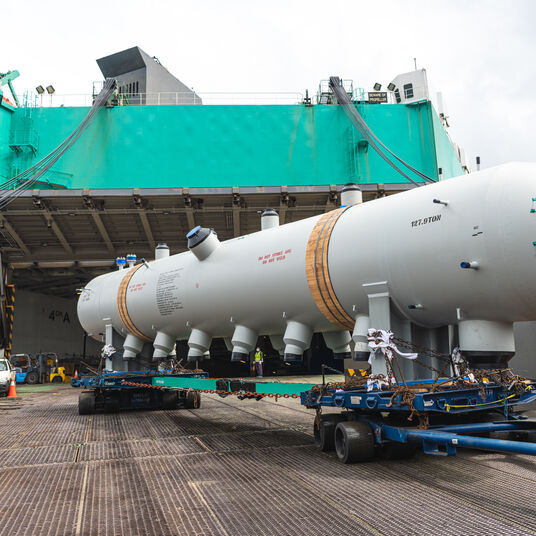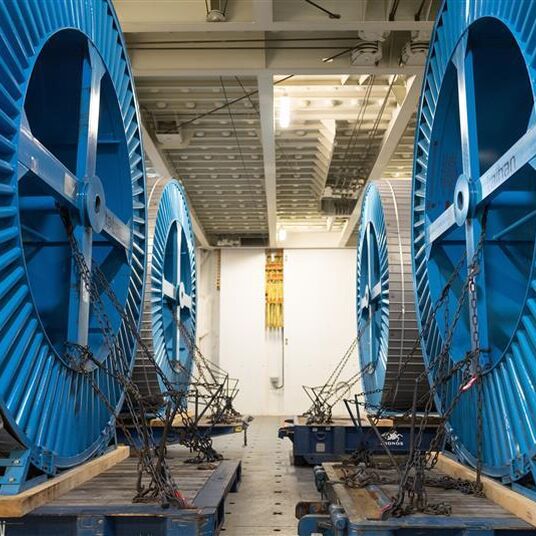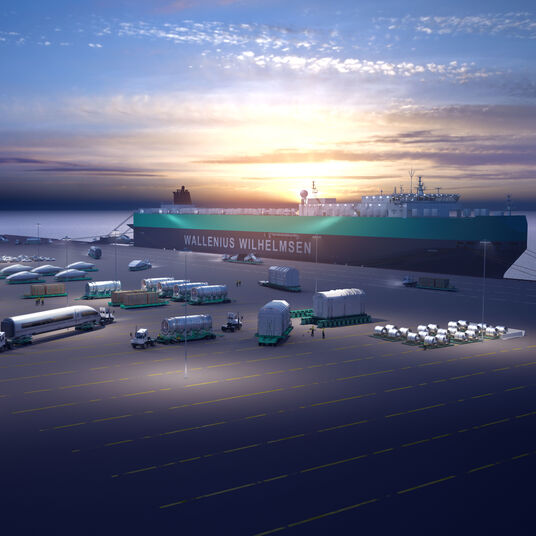Breakbulk shipping: 3 common RoRo myths
With myths proliferating, we thought it was time to sort fact from fiction – once and for all.

While it’s true that RoRo vessels do transport cars, trucks and rolling equipment, they’re also able to transport so much more. When it comes to handling high, heavy and long loads, industries as diverse as power, machinery, rail and aviation regularly take advantage of RoRo’s breakbulk shipping capabilities.
It’s time to dispel some of the most common myths around and explore why RoRo really is a great shipping option for breakbulk.
Myth one: RoRo vessels can only transport cars
There’s no doubt that cars played an important role in the initial development of RoRo solutions back in the 1960s – but our RoRo vessels are capable of carrying a diverse mix of breakbulk, from complex machines to heavy power generation equipment and large rail cars.
While cargo such as cars, trucks and buses roll on and off a RoRo vessel on their own wheels, wheel-less breakbulk is loaded and unloaded using handling equipment with wheels.
Myth two: RoRo vessels can’t handle bulky cargo
RoRo’s reputation as a car-carrying service has led even the most experienced logistics professionals to believe that RoRo can’t handle heavy breakbulk. But our vessels are capable of carrying cargo:
- Up to 6.1 metres high
- Up to 12 metres wide
- Up to 400 tonnes in weight.
Myth three: Container shipping is safer than RoRo
Minimal lifting. Indoor storage. Weather protection. Safe lashing. Arriving market ready. Do we need to say more?
Unlike shipping solutions that involve multiple lifting operations and an increased risk of damage, RoRo involves minimal lifting as well as protection from external elements. The inside of a RoRo vessel works in a similar way to a multi-storey car park, with ramps running between decks. The appropriate deck is selected for cargo depending on its weight and dimensions, and safely secured with lashing to the vessel deck. Once placed and secured on the handling equipment, the cargo is not lifted again during ocean operations.
With RoRo, the process of ensuring a safe shipment starts long before the cargo arrives at the port of load. As well as finding out about cargo dimensions and weights, WW teams will work closely with customers to develop a clear understanding of cargo properties, such as lashing and lifting points, centres of gravity and footprints. When it comes to transporting rail cars, railed roll trailers are available in 62-, 72- and 80-foot lengths with capacities from 80 to 100 tonnes. Multi-purpose bogies, a flexible equipment platform suitable for a wide range of different cargo types, can also be used.


